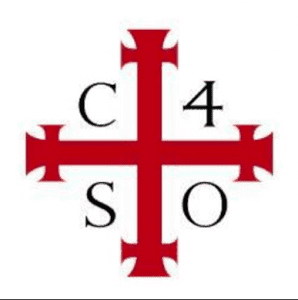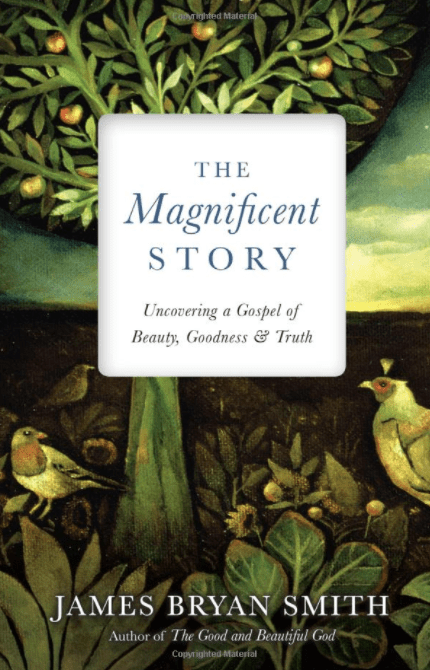I grew up in a tradition that opposed the use of recited prayers as “vain repetitions.” We weren’t taught to “pray” the Psalms but to read them and to learn about our own prayers from them. We never recited the Lord’s Prayer in public worship. And the very thought of using written prayers was “strickly verboten.” (Of course, I know the word is “strictly” but we didn’t pronounce it that way.)
 We were flat-out wrong and deprived ourselves both of the richness of our heritage — beginning with the Psalms and the Lord’s Prayer and the church’s great prayers — but we prevented ourselves from the blessings and richness that comes from these great prayers. We also didn’t learn to pray “as well” as we could have.
We were flat-out wrong and deprived ourselves both of the richness of our heritage — beginning with the Psalms and the Lord’s Prayer and the church’s great prayers — but we prevented ourselves from the blessings and richness that comes from these great prayers. We also didn’t learn to pray “as well” as we could have.
Questions: Are you using prayerbooks? Which ones are the most helpful to you? How many of you have tried to introduce recited prayers into low churches? What have you learned? What do you have to say about prayerbooks?
Prayerbooks are rooted in the Psalms and put in the hands of ordinary folks how the church has learned to pray. I gobble up prayerbooks, and I’m more than happy to recommend enthusiastically the brand new prayerbook by Shane Claiborne, Jonathan Wilson-Hartgrove, and Enuma Okoro called Common Prayer: A Liturgy for Ordinary Radicals.
Here’s how their prayerbook works:
1. One week of Evening Prayers. Useful for the whole year every week.
2. A fuller section for Morning Prayer with entries for every day of the year.
3. A brief section for Midday prayers.
4. Occasional prayers, including house blessings, prayers for a workplace, before and after a meal, healing, adoption, baby dedication, celibacy commitment, and a prayer for communion/eucharist. Also there’s about 25 pages of songs.
Well, yes, there’s a social vision dimension to these prayers — not obtrusive, not pushy, but present. Excellent use of the Old Testament, abundance of the Lord’s Prayer (nope, no Jesus Creed), many days in Morning Prayer begin with a brief biography of the saints, and there’s an emphasis here on new monasticism. This wonderful prayerbook reflects the ecumenism of the postmodern adult who simply doesn’t care who said this or that but cares instead only about what has been said.
I will be urging my students to consider using this book. It may be designed by and for the leading lights of new monasticism but I find nothing here that can’t be of great benefit to ordinary folks like Kris and me.
If you want a beginners book on prayerbooks, check this one out: Praying with the Church: Following Jesus Daily, Hourly, Today .










